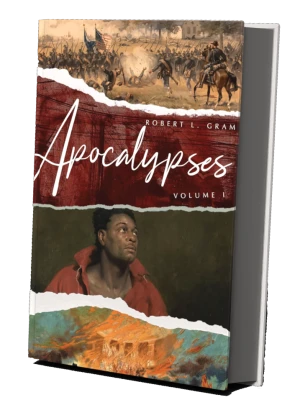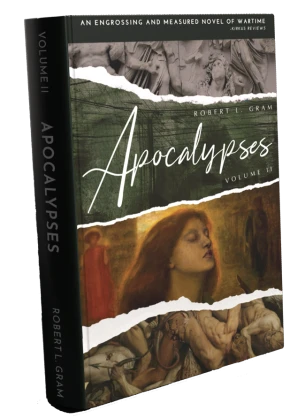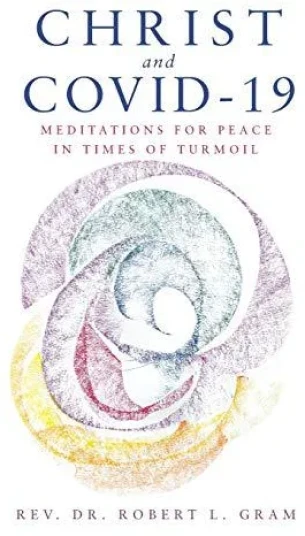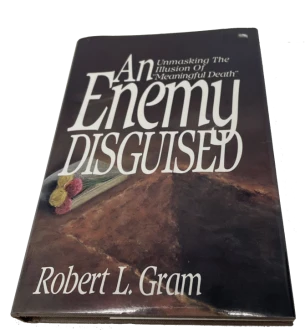Books

Fiction: Apocalypses - Volume I
Published: 2024
Apocalypses Volume I: "The complete and final destruction of the world, as described in the biblical book of Revelation."
Christ's Second Coming motivates several characters during the Civil War battle of Fredericksburg. They assume the bloodbath of December, 1862, is the biblical Armageddon, and that Confederate General Stonewall Jackson will be revealed as Christ come again. The Apocalypse also figures in 2nd Century Asia Minor, where a certain Montanus believes he is the incarnation of God the Father, and that his two female disciples form a new Trinity, who will orchestrate the world's end. The eras unite first by a magical talisman, which is thought to have healing, resurrecting, and prophetic properties; and second, by a demonic girl who first appears on the battlefield.
In the novel, the word 'Apocalypse' also connotes radical, psychological shifts: A slave rejects his paradoxical thought world by escaping North in a railroad crate, having spent his early years raised by a white mother, the wife of a plantation owner, while 'playing' the slave fully when he is auctioned to a new master as an adolescent. Reality upends as a doubting Protestant cleric-grief stricken at the loss of his young daughter-embraces revenge. A prim, finishing school mistress willingly enters the dark realm of a murderous stranger, rejecting her past for a sudden and seemingly inexplicable romance. A street preacher abandons his apocalyptic obsession for one greater: a young, black woman he spots on an auction block in Richmond and madly pursues-a passion which, in the end, offers purpose and hope.
The novel follows the medieval poet Dante Alighieri's (1265-1321) tripartite division of his "Divine Comedy": Volume 1 represents 'The Inferno'-the battle of Fredericksburg and its immediate aftermath. Volume 2 contains 'Purgatorio' and 'Paradiso'-walking through desolation in the former and attaining heaven in the latter. The novel subverts the poet, however, suggesting that hell and heaven confront us fully in this life. Dante's paramour, Beatrice, who he barely knew, plays out in several love sequences, suggesting that love is most powerful when it is immediate and irrational.
A bloody American Civil War battle drives a handful of characters into unexpected situations in Gram’s historical novel. An engrossing and measured novel of wartime."
Kirkus Reviews February 13, 2024

Fiction: Apocalypses - Volume II
Published: 2024
In the sequel, Reverend Conrad ver Meulen pursues his would-be murderer, Jean, from Fredericksburg to the interior of Turkey. Jean believes he is Montanus resurrected. Forming a new trinity with Corinne and another girl, Jean plans to orchestrate the Apocalypse on the holy mountain, Omercah-rising above the ancient ruins of Pepouza, the city where the Montanist movement began in the 2nd Century.
Conrad will discover Corinne on the journey and try to resurrect the seeming love they shared after the Battle of Fredericksburg. The minister will be afflicted by dreams about Marguerite Porete, burned at the stake in Paris as a heretic, on June 1st, 1310. What will this literate, medieval woman teach him about the nature of God? In his quest to hunt down Jean, Reverend Conrad will be joined by Samir, a young guide from the city of Smyrna, and Bucephalus—self-named—a precocious donkey.
Having escaped to Philadelphia, slave John will settle in Hurley, New York. Unknown to him, he will be pursued by his mixed race child, who is intent on establishing a father-daughter relationship, which was hidden from her in Fredericksburg. In the Second century, Montanus will attempt to escape his calling, as the incarnation of God, by fleeing to the city of Pergamum, and the great healing center there, to find cure for his delusion. He will be pursued by his teacher and mentor, who strong-arms him to resume his divine role. In Pergamum, Montanus will meet a strange, young woman, a follower of the goddess Athena, who will change the course of his life.
The sequel continues the medieval poet Dante Alighieri's tripartite division of his “Divine Comedy”: Volume 2 contains 'Purgatory' and 'Paradiso. The sequel raises the question of what Apocalypses mean, particularly in the lives of Reverend ver Meulen and Montanus. Are the phenomena they experience supernatural, or the result of hallucination? And does it really matter, if hope is the final result?

Non-Fiction: Christ and Covid-19
Published: 2020
A pastor compiles his daily writings to his Brooklyn parishioners during the first months of the Covid-19 pandemic in this work.
Though retired from full-time ministry, Gram agreed to serve as the interim pastor of St. John’s Reformed Church in Red Hook. The church’s full-time minister had suffered a medical emergency. Soon, what was supposed to be a brief stint in a waterfront neighborhood turned into a complicated endeavor, as the author dealt with the most tumultuous moments in the church’s history. The New York region was one of the first places in America seriously affected by a wave of Covid-19 infections. As church doors closed and home and hospital visits became impossible, the author shifted to daily meditations written for his parishioners. This timely book features minimally edited versions of those daily devotions written during the pandemic. In nearly 50 pieces, ranging from short paragraphs to lengthy essays, Gram provides readers with inspirational notes. Some of them address the holy season’s transition from a somber Lent to the hope promised by Jesus’ resurrection at Easter. There are also Covid-19 specific messages; for example, the author delivers a reminder that loving one’s neighbor includes staying indoors to limit the spread of the virus. Written just prior to George Floyd’s death, which Gram laments in his introduction, his daily musings sometimes discuss racism, particularly anti-Asian violence and rhetoric. A final essay concludes with the author’s vivid story of overcoming a genetic blood-clotting disorder. After the diagnosis, he became a prolific mountain climber and rode his bicycle from California to New Hampshire at the age of 68. Each devotion follows a predictable pattern of a relevant Scripture reference, a reflective vignette, and a prayer. Gram’s lucid writing style is that of a seasoned and intellectual yet nurturing pastor. Though the author is a mainline Protestant, he intentionally includes other faith traditions in his remarks, from Roman Catholicism to Buddhism. While the heartfelt book ends abruptly without a satisfying narrative conclusion, it will nevertheless be of great use to Christians struggling to make spiritual sense of the Covid-19 pandemic.
An uplifting, relevant devotional for finding hope in darkness.
Kirkus Reviews July 6, 2020

Non-Fiction: An Enemy Disguised
Published: 1985
An Enemy Disguised shatters this insidious hoax, myth by myth, lie by lie. In a day when "Death and Dying" classes are filled with attentive students and the dying process is considered the genial equivalent of a happy ending, Any Enemy Disguised carefully, methodically strips away the layers of soothing moral and scientific fallacies and half-truths.
This is an amazing and powerful read!
Sarah Sullivan - Amazon Reviewer